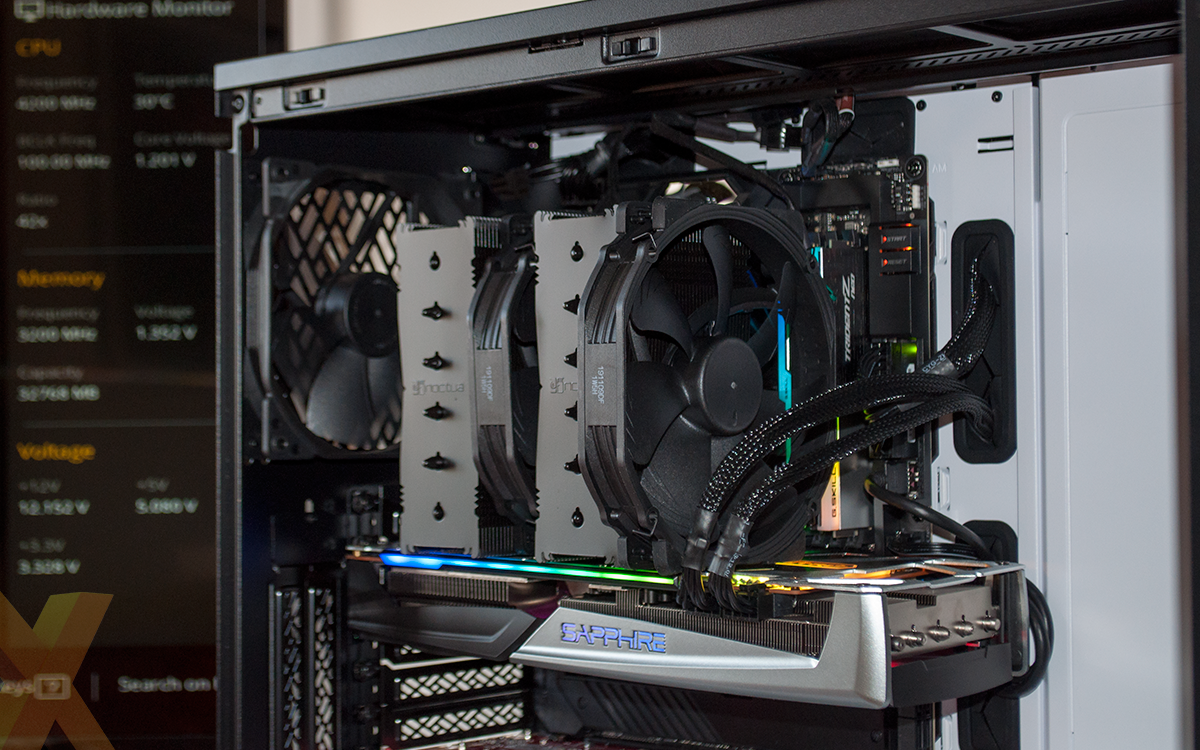I have an old tower from 2014 with a 5960x (overclocked to 3.9 GHz) and some Corsair AIO (H10i or something like that, don't know exactly). It has always used the case fans and has been fine. Recently I transported it over a long distance and noticed that the CPU temperatures under load jumped up from around 85 degrees previously to 105 degrees now (I do 3d renders so it is under load frequently). I checked all the fans and they are all still working, so I am not sure what's wrong. They are just the default 140mm fans that came with the case (a Corsair 760T case). There are two in the front, one in the back, and two above the radiator which is mounted at the top of the case. When I put my hand over the top of the case (above the radiator fans), it feels like more heat comes out of the second fan toward the back of the case compared to the one in the front. I don't think I had noticed this before, but both fans are definitely spinning.
I will mention that while transporting it, the tower was on its side, rather than standing upright, for an extended period of time (7 hours), but I don't know if that has an effect. One of the radiator fans makes a rattling noise, but it has done that for years so that's not anything new.
The new location is warmer and the overall airflow is worse than before, but I wouldn't expect this much of a difference in temperatures under load. Here are some pictures:



Did transporting it on its side break something with the fans or AIO? Any ideas on what else to check?
I will mention that while transporting it, the tower was on its side, rather than standing upright, for an extended period of time (7 hours), but I don't know if that has an effect. One of the radiator fans makes a rattling noise, but it has done that for years so that's not anything new.
The new location is warmer and the overall airflow is worse than before, but I wouldn't expect this much of a difference in temperatures under load. Here are some pictures:



Did transporting it on its side break something with the fans or AIO? Any ideas on what else to check?





